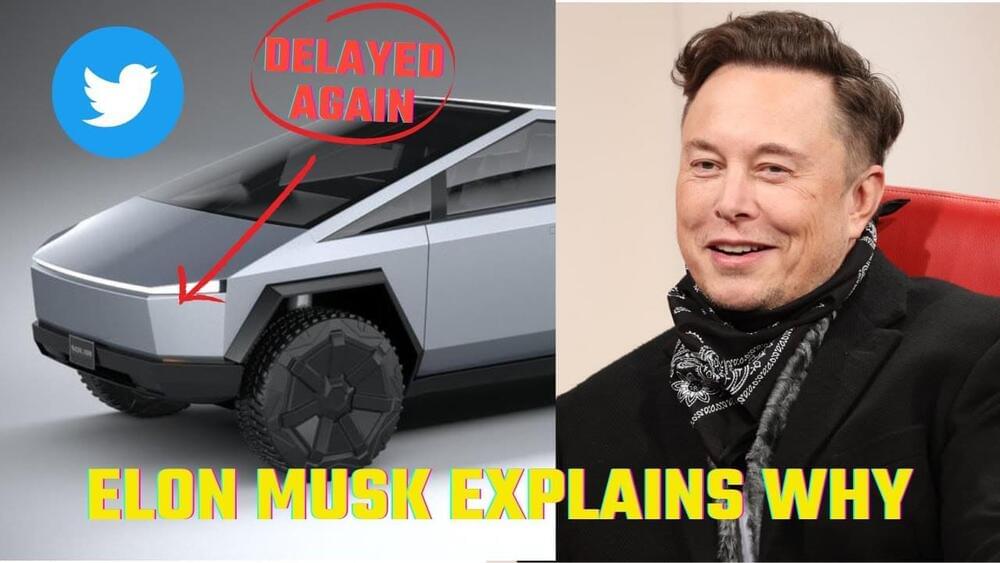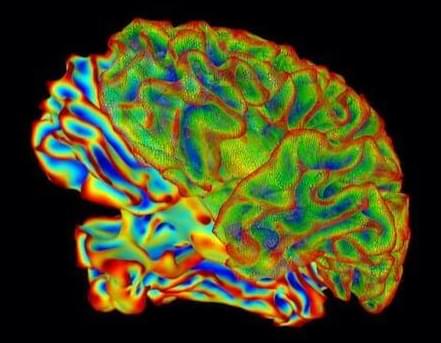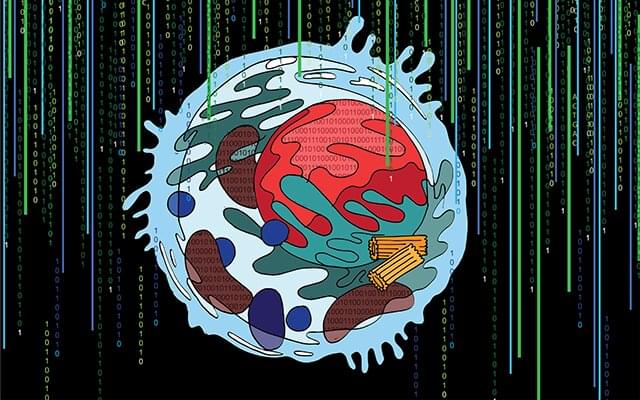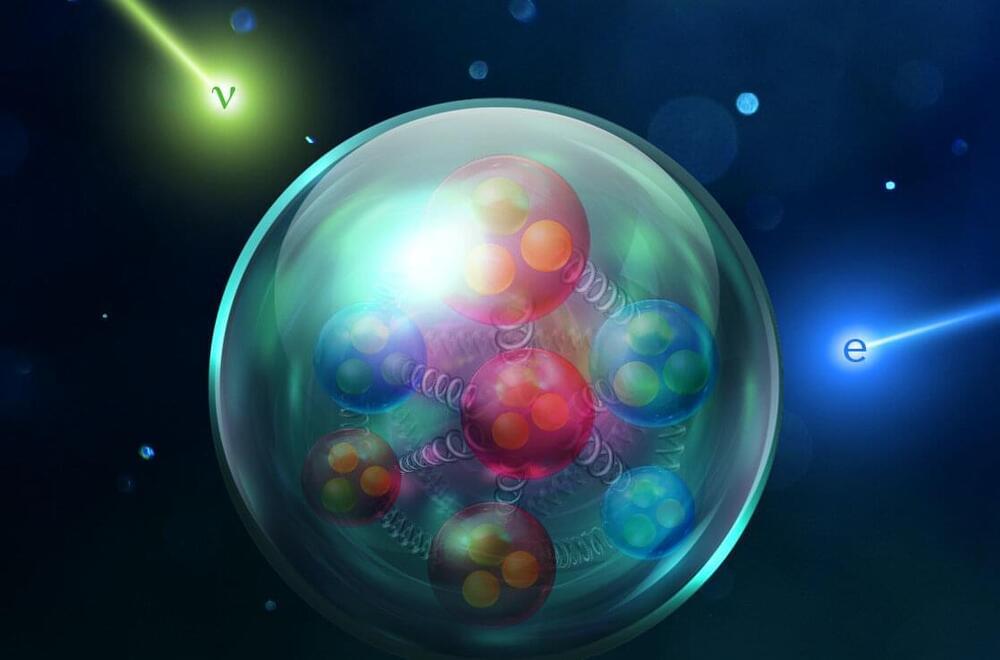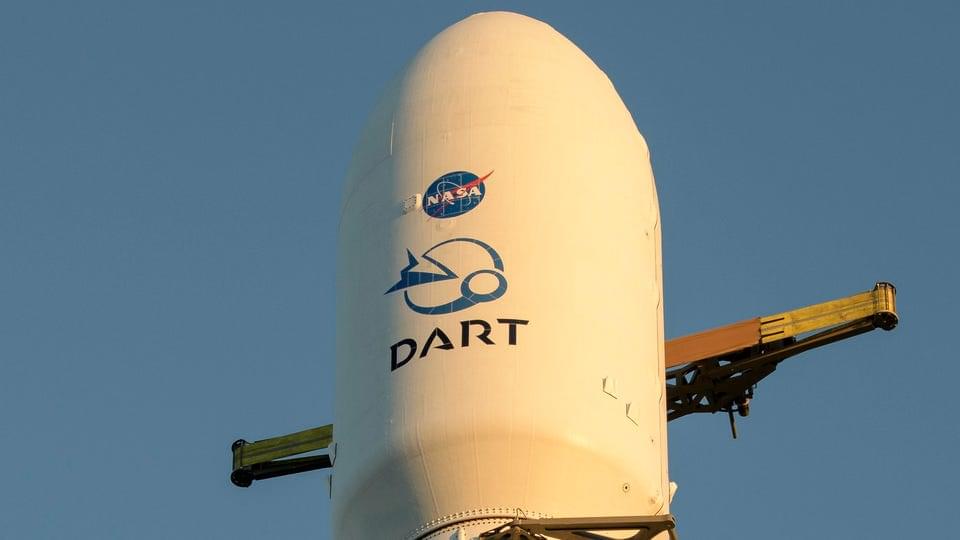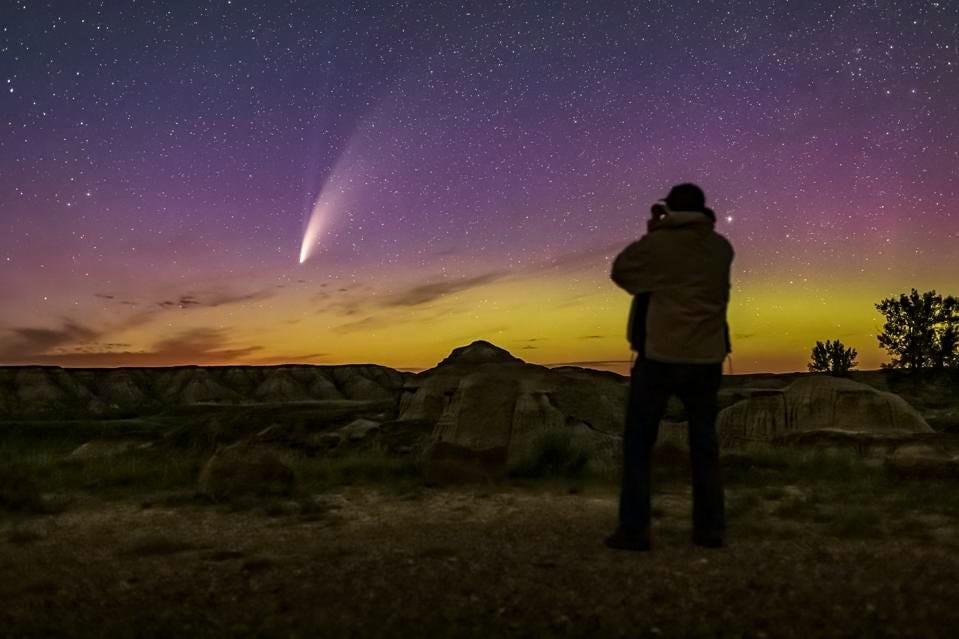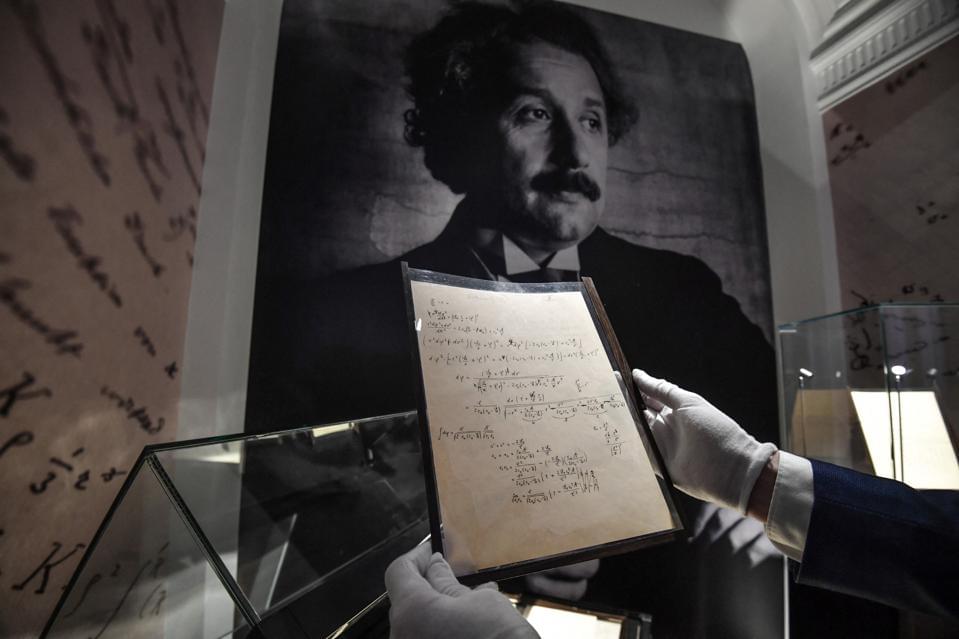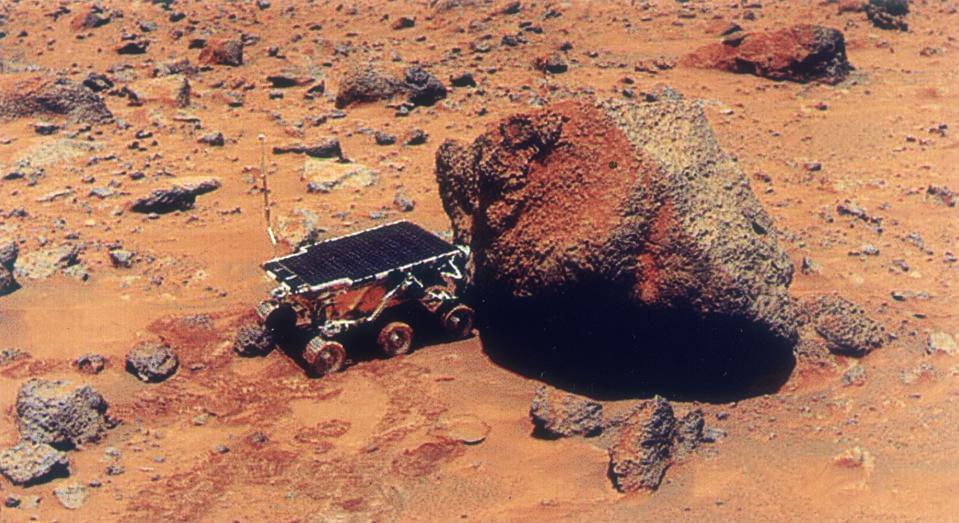Tesla CEO Elon Musk came out some days ago to try to make a few things clear. He gave an explanation to why the Cybertruck has been postponed so many times, especially why it’s so difficult to produce new cars. In the list of Teslas postponed new vehicles is the Cybertruck, and Tesla s, and we could also include the tesla roadster which has also been postponed so many times seeing as it’s going to be coming with a completely new design from its predecessor. Let’s get into More detail on Elons reason for postponing the launch of these vehicles so much.
Hi, welcome to Everything cybertruck, where you’ll be getting all the latest updates on the announced Tesla Cybertruck. If you enjoy this video, let us know in the comments section below and why not support us by hitting that like and subscribe button, and don’t forget to hit the bell icon as well so you’ll be the first to know each time we release a new video. It’s free.
